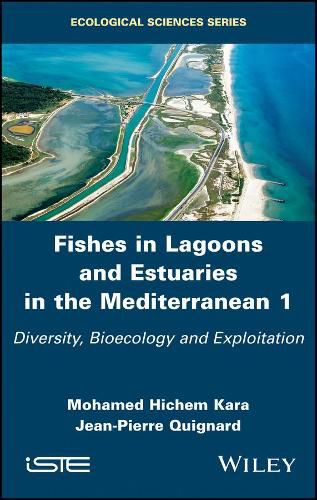Readings Newsletter
Become a Readings Member to make your shopping experience even easier.
Sign in or sign up for free!
You’re not far away from qualifying for FREE standard shipping within Australia
You’ve qualified for FREE standard shipping within Australia
The cart is loading…






Lagoons and estuaries are transition spaces between earth and sea. Beyond their expanse, geographic repartition, geomorphological, hydroclimatic and ecobiological diversity and biodiversity, they play an important role in regional economies and are some of the ecosystems most vulnerable to global change.
Reinforced by numerous references, this book studies Mediterranean lagoonal and estuarine fishes whose diversity largely depends on the composition of neighboring marine and continental ichtyofauna. The authors describe their morphological, biological, ecological and behavioral characteristics by evoking their distinctive features and differences with their marine or freshwater homologues. Their adaptation strategies, elucidated thanks to recent advances in morphology, genetics and molecular biology, are recognized as a major advantage in the context of climate change.
This book is for natural environment managers, engineers, teachers, students and researchers.
$9.00 standard shipping within Australia
FREE standard shipping within Australia for orders over $100.00
Express & International shipping calculated at checkout
Lagoons and estuaries are transition spaces between earth and sea. Beyond their expanse, geographic repartition, geomorphological, hydroclimatic and ecobiological diversity and biodiversity, they play an important role in regional economies and are some of the ecosystems most vulnerable to global change.
Reinforced by numerous references, this book studies Mediterranean lagoonal and estuarine fishes whose diversity largely depends on the composition of neighboring marine and continental ichtyofauna. The authors describe their morphological, biological, ecological and behavioral characteristics by evoking their distinctive features and differences with their marine or freshwater homologues. Their adaptation strategies, elucidated thanks to recent advances in morphology, genetics and molecular biology, are recognized as a major advantage in the context of climate change.
This book is for natural environment managers, engineers, teachers, students and researchers.